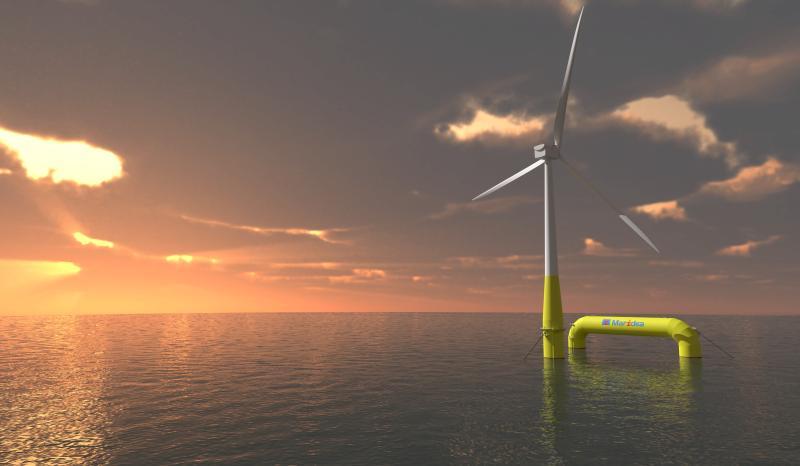5 tips from curator Hubert Rubbens
Hubert Rubbens has been the man shaping Ostend at Anchor for more than 20 years. So who better to give some tips on what not to miss from this edition.
El Galeón
El Galeón is a replica of a 17th-century Spanish galleon, which played a central role in the trade and cultural routes to the Indies for more than three centuries (16th to 18th centuries), the longest and most challenging sea routes in the history of navigation. El Galeon was built between 2009 and 2010 by the Nao Victoria Foundation, designed and developed by Ignacio Fernández Vial at the Punta Umbria shipyard in Spain. The ship was launched on 30 November 2009 and has travelled more than 48,000 nautical miles across the world's largest seas and oceans between 2010 and 2016. It has called at ports in four continents and participated in numerous cultural projects. To date, visitors have been able to explore nearly 100 ports around the world aboard this exceptional ship. Discover history aboard this unique ship.
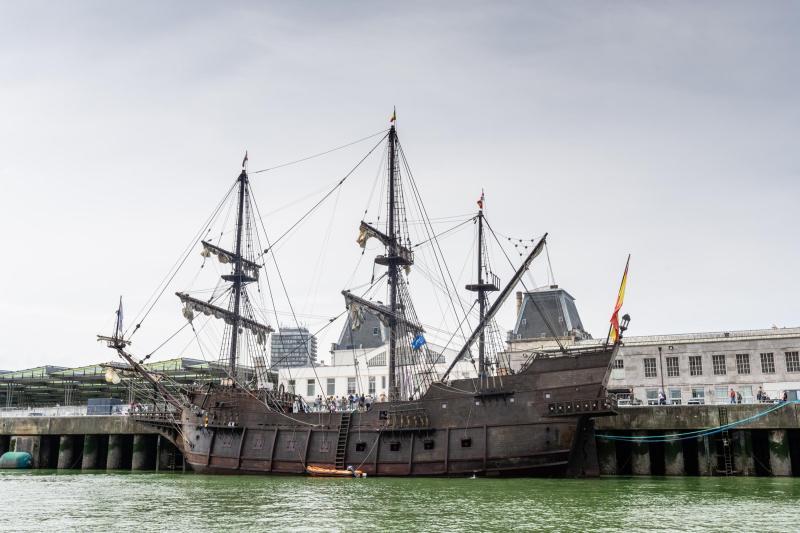
Nao Victoria
The Nao Victoria is a replica of the crack built for explorer Ferdinand Magellaan (1480-1521). With this ship, Magellaan discovered, among other things, the Strait of Magellan between South America and Tierra del Fuego. In the early 16th century, Portugal and Spain competed for control of sea trade routes. Spain, led by Charles V, wanted to break the Portuguese monopoly on the Asian spice trade. Magellan led an expedition to bypass America and reach the spice islands via that route. He was the first explorer to sail around the globe, proving that the earth was round. The voyage took more than two years and was marked by winter storms, mutiny, scurvy and other dangers, with only the commanders having knowledge of sailing. During 'Ostend at Anchor', you can discover this unique ship and life on board.
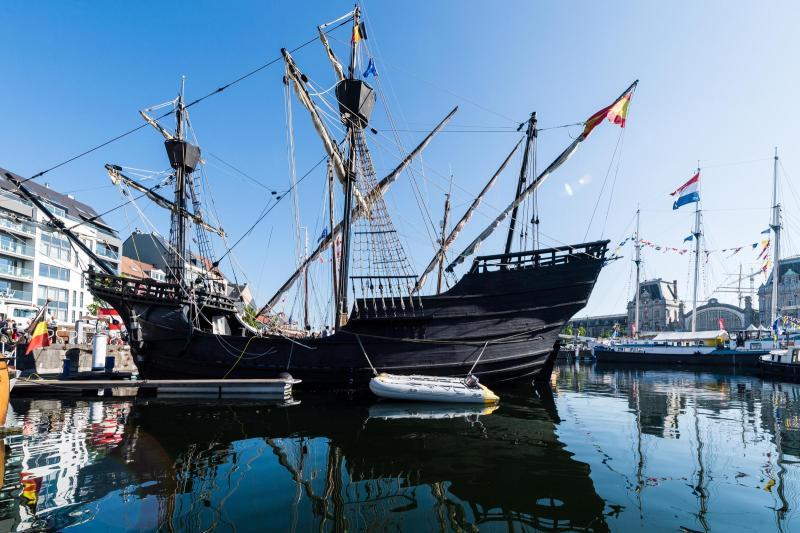
Belgian maritime heritage
Since the late 20th century, interest in our maritime heritage has been growing, with restoration projects and employment initiatives. The Nele, a replica built in Ostend, and the scute St Peter are fine examples. The B17 De Vrijheid, the last flat-topped Blankenberg barge, was decommissioned in 1904 after almost 20 years of service. A group of volunteers built a replica of the B1 Sint Pieter between 1992 and 1999. The lifeboats Watson 2 and 3 are also undergoing restoration. These boats, built in 1948, are unique pieces of maritime heritage on our Belgian Coast.
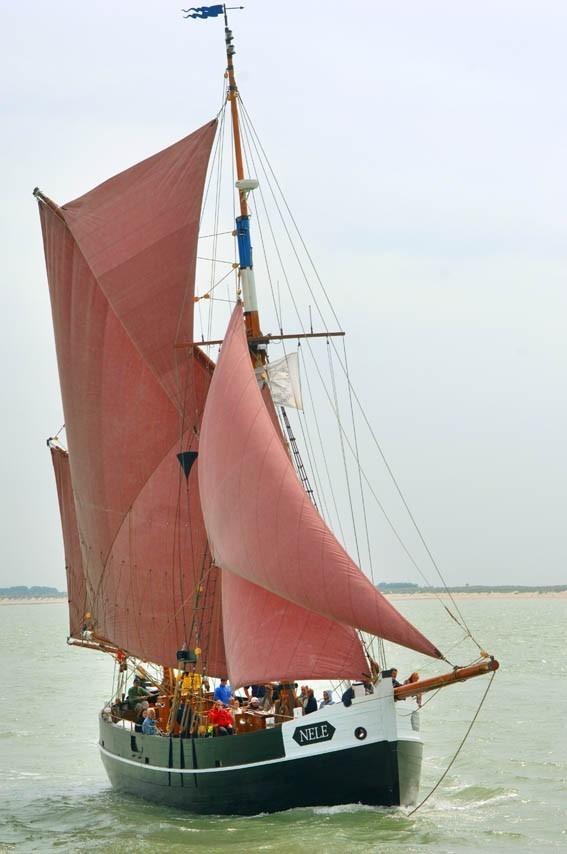
Maritime crafts
Discover the artisanal heart of Ostend for Anker, where craftsmanship comes alive on Sint Petrus en Paulusplein. At "Fer Unique" by Kristof Verkouille, the only professional blacksmith in Ostend, you can see how a blacksmith works. The loggers building the Jean Bart near Gravelines are also worth a visit. In addition, artisans from the old group "Oude Volksambachten Nu" present traditional crafts on site, such as woodturning, basket weaving, spinning and pot turning. And of course, the famous herring smoker cannot be missed, demonstrating how herring was smoked in 1900.
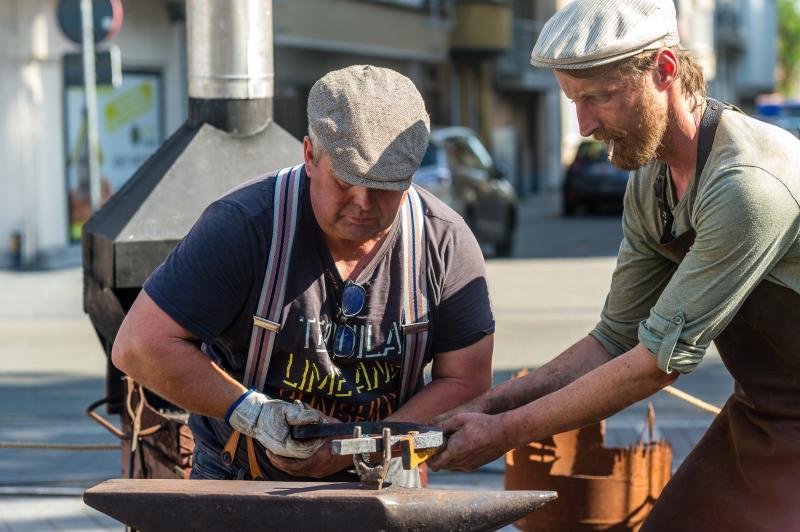
Blue cluster avenue as well as the Defence Village
Besides highlighting history, shipbuilding and maritime heritage, the future is not forgotten either. The Blue Cluster Avenue will be set up in the shadow of our new 'skytower' and will house the Blue Innovation Village, with stands from leading companies, universities and organisations active in and around the sea. This promises to be a journey of discovery for young and old alike, with innovations in keeping with Ostend at Anchor's theme of "Discoveries at Sea".
Next to the Blue Cluster Avenue, both the Belgian and Dutch navies will set up camp. Here you can discover career opportunities and enjoy demonstrations by the diving team in a diving tank. For the adventurous, the Marine Corps will offer a climbing tower, and with 3D glasses you can step aboard frigates and experience that the navy is not a life, but a way of life.
